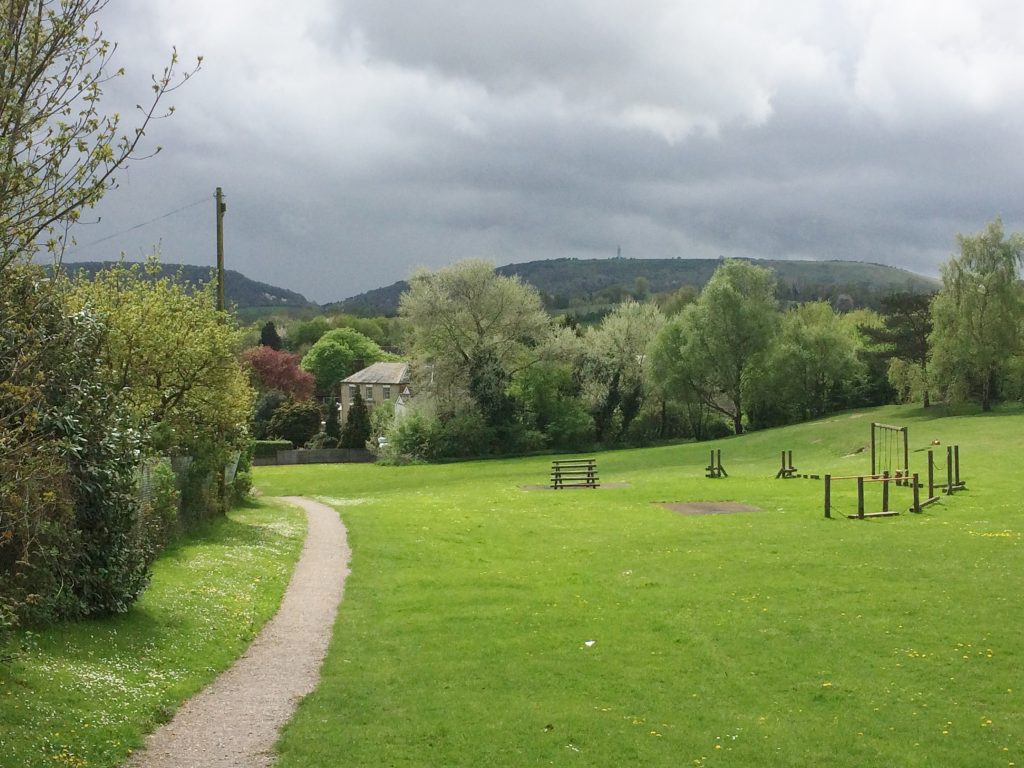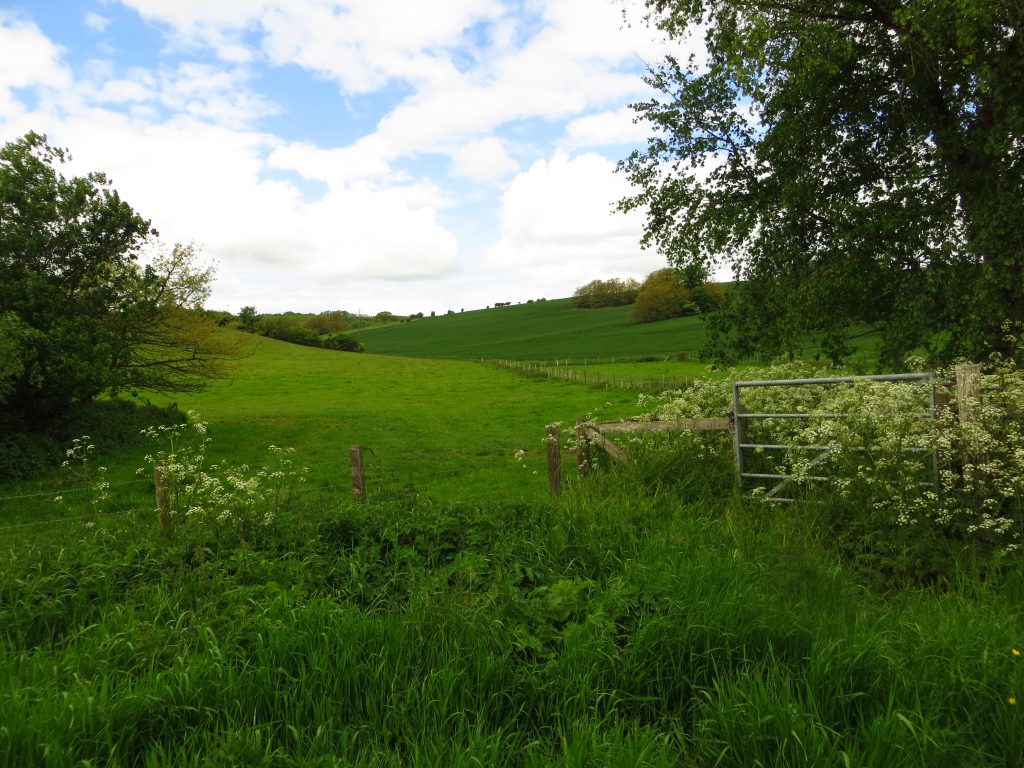Yesterday the sun shone for a moment and I popped out at lunchtime to a town park near our office to enjoy some vitamin D, the absence of a computer screen, a bit of peace and quiet and enjoy the views to the surrounding National Park. This got me pondering about the concept of tranquillity.

Last year the Landscape Institute (LI) produced a technical note on tranquillity: ‘Tranquillity – An overview’. The Note stresses that there are clear links between landscape and tranquillity and thus it is entirely appropriate for the landscape profession to provide an overview and take a lead in the development of the subject. The LI envisage that the Note forms the first stage in a process which might ultimately lead to the publication of further guidance or a policy position on the subject.
Included at the beginning of the Note are a collection of definitions of the word tranquillity from a number of different sources. The definition that tranquillity is a ‘state of calm and quietude’ ‘free from unwanted disturbance’ is a common thread.
The Note includes many helpful sections including a summary of current work on the subject to date and how tranquillity is relevant to Landscape Architects and their work. How it relates to health and well-being is a particularly current area of interest. It goes on to discuss that human perceptions as well as factual evidence must be considered in any studies relating to the term and that tranquillity is defined as a ‘state of mind’, something that is not readily measurable. The term tranquillity is not just concerned with ‘quietness’ but, as the Note mentions, is an umbrella term used to refer to the effect of a range of environmental factors on our senses and our perception of a place.
As Landscape Architects we frequently consider tranquillity in our work including in landscape character assessment work and design, both explicitly and implicitly. As the Note mentions tranquillity is often linked to an association or engagement with the natural environment which is what we as landscape architects are dealing with every day. Tranquillity is a factor which needs to be considered when judging landscape value in Landscape and Visual Impact Assessments (LVIA). As The Guidelines for Landscape and Visual Impact Assessment (LI and IEMA 2013) notes ‘A landscape may be valued for its perceptual qualities, notably wildness and/or tranquillity’. Landscapes with a high level of perceived tranquillity with good public access in close proximity to the heavily built up areas can be particularly valuable as they provide opportunities for large populations to enjoy them. These landscapes are often the ones which are particularly under pressure from new development.

Even though tranquillity is commonly associated with ‘wildness’ and ‘remoteness’, none of these terms are one and the same. This leads on to the interesting distinction between the concepts of ‘absolute’ tranquillity and ‘relative’ tranquillity. The Note describes the terms as follows:
‘A distinction is made between absolute tranquillity and relative tranquillity. When we refer to tranquillity in the UK, it is therefore almost always relative tranquillity that we are referring to, but in differing degrees. For instance, the tranquillity promoted by a summer sunrise on a calm day on top of a high mountain may be close to absolute, with almost no disturbance of any kind detracting from that state of mind. Yet the benefit to people of the relative tranquillity in an urban greenspace may be very high, despite intrusion from background traffic noise or the presence of many other people. Both sorts are important to recognise and value, but for different reasons, the commonality being the achievable state of mind rather than the environmental setting.’
It is recognised that tranquillity is almost always relative to the context. As we have found in our character assessment work the consideration of tranquillity is not just limited to Landscape and Visual Impact Assessments (LVIA) but is also relevant to Townscape and Visual Impact Assessments (TVIA). It is a particularly important consideration in urban areas where even small spaces can provide a degree of tranquillity in comparison to busy streets, as noted in the LI’s Townscape Character Assessment Technical Information Note 05/2017 5 December 2017. Pockets of relative tranquillity within a townscape may affect the way an area is perceived and therefore its townscape character.
In landscape design work considerations of tranquillity can be explored through sound, touch, colour and form. A meandering path through a green space can slow the pace of a walker to a relaxing speed where they are encouraged to enjoy their surroundings. A designed view across open countryside and a strategically located bench can encourage people to pause, and an enclosed green space can provide a sense of comfort. This is what I was pondering on the bench in the park, in the relative peace and quiet, until a park maintenance team arrived and started up the lawn mower.